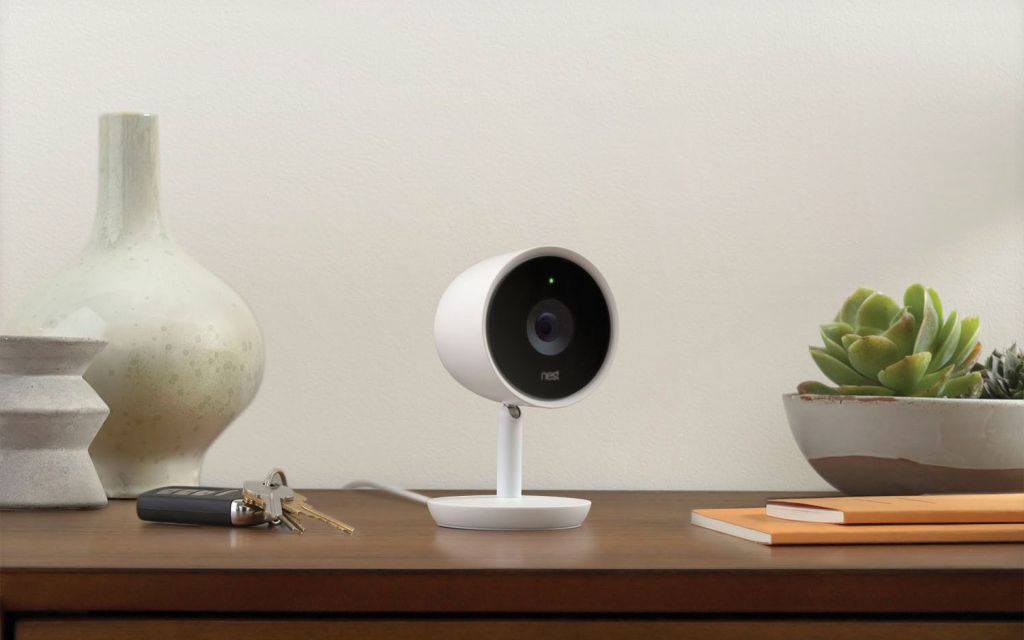Nest takes on Arlo and Ring with cheaper security camera storage prices
Nest’s new cloud storage plans cover every Nest home security camera you own

Nest may be looking to kick off a subscription war for home security cameras with more compelling pricing for video storage. But its main rivals in the security cam space shouldn’t worry too much for now.
Nest announced a new pricing scheme for Nest Aware, its cloud-storage subscription service. Now, for $6 per month (or $60 annually), you can store 30 days of event history from an unlimited number of cameras at one location; if you upgrade to Nest Aware Plus ($12/month, $120 annually), you get 60 days of rolling cloud storage, plus 10 days of 24/7 video history.
- Best home security cameras
- Who’s that knocking? Best video doorbells
That’s a huge improvement from Nest’s earlier plans. Previously, a subscription to the Nest 5-day plan—which got you just five days of video history—was $4.20 per month for just one camera, and $12.60 per month for five cameras. If you wanted 30 days of video history, it would have cost you $25 per month — for just one camera!
This pricing change now makes Nest’s video storage plans some of the best around. By comparison, Arlo Premier, which also stores 30 days of footage for devices like the Arlo Ultra and Arlo Q, costs $6 per month for two cameras.
When it comes to storing videos for longer, Nest’s plan is also more competitive if you want to outfit your house with five or more cameras. For example, the Ring Basic plan, which offers 60 days of storage for products like the Ring Video Doorbell, is $3/month or $30/year for one camera, and $10/month or $100/year for unlimited cameras.
Now, there’s not a ton of homes where you’re going to need five or more cameras, but Nest’s simplified plans are sure to cause its competitors—namely, Arlo and Ring—to rethink their strategies around cloud storage.
There’s also a few caveats to the revamped Nest Aware pricing: In order to get the new subscription pricing, you have to migrate your Nest account to a Google account. Because Google still has not replicated all of Nest’s functionality in Google Assistant, that will mean losing a lot of clever smart home automations, like having your lights switch off automatically when your Nest Learning Thermostat switches to Away mode. Nest is also upgrading its smart speakers and displays to alert you if their microphones hear such things as glass breaking or a smoke alarm, but you still can’t connect them — or the Nest Protect smoke and CO2 detector — to your smart lights or smart locks, so that your lights turn on and your door unlocks, in the event of an emergency.
Sign up to get the BEST of Tom's Guide direct to your inbox.
Get instant access to breaking news, the hottest reviews, great deals and helpful tips.
Nest only has four home security cameras—the Nest Cam IQ outdoor ($399), the Nest Cam Outdoor ($199), the Nest Cam IQ Indoor ($299), and the Nest Cam Indoor ($129), all of which are wired—and one video doorbell, the Nest Hello ($229).
By comparison, Ring has six video doorbells, ranging in price from $99 to $349, and seven cameras from $59 to $249, some of which also have built in floodlights and spotlights; all of which can be linked to smart lights, locks, and more.
Arlo has eight home security cameras — most of which are wireless and weather-resistant — as well as a floodlight cam and a video doorbell.
Nest’s new storage plans are great, and will undoubtedly put pressure on its competitors to simplify their plans. But, until Nest offers more products and more smart-home integration, it’s not the deal it seems.
- Security camera storage plans compared
- Ring vs. Nest: Ring Video Doorbell and Nest Hello compared

Michael A. Prospero is the U.S. Editor-in-Chief for Tom’s Guide. He oversees all evergreen content and oversees the Homes, Smart Home, and Fitness/Wearables categories for the site. In his spare time, he also tests out the latest drones, electric scooters, and smart home gadgets, such as video doorbells. Before his tenure at Tom's Guide, he was the Reviews Editor for Laptop Magazine, a reporter at Fast Company, the Times of Trenton, and, many eons back, an intern at George magazine. He received his undergraduate degree from Boston College, where he worked on the campus newspaper The Heights, and then attended the Columbia University school of Journalism. When he’s not testing out the latest running watch, electric scooter, or skiing or training for a marathon, he’s probably using the latest sous vide machine, smoker, or pizza oven, to the delight — or chagrin — of his family.
